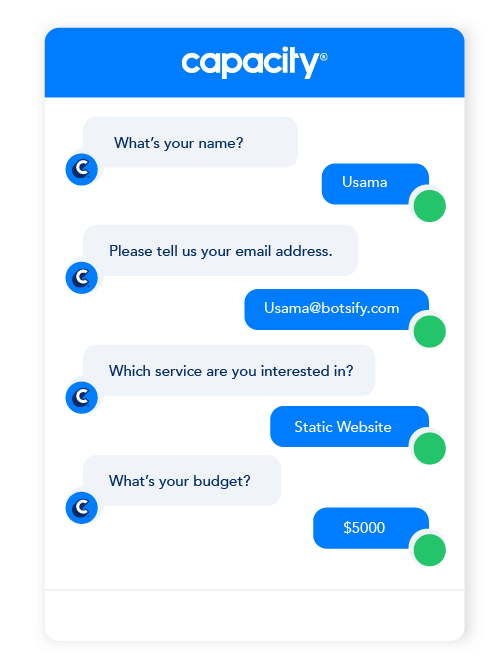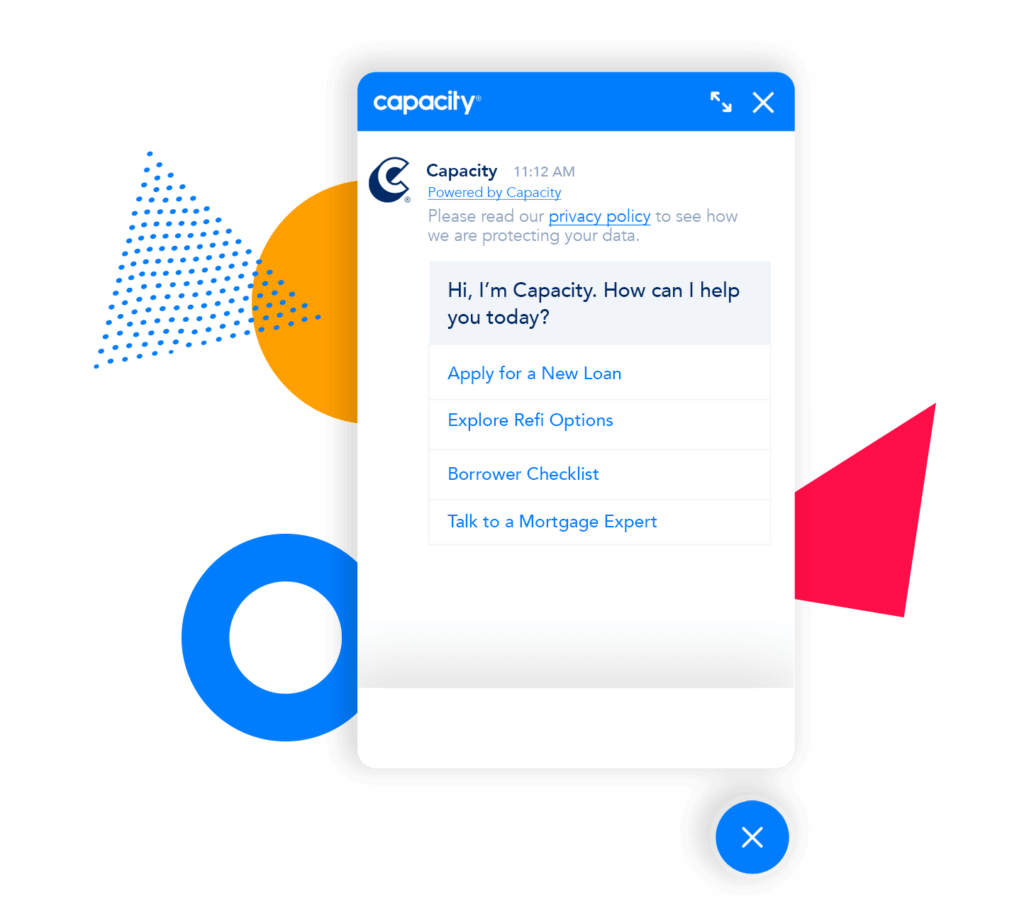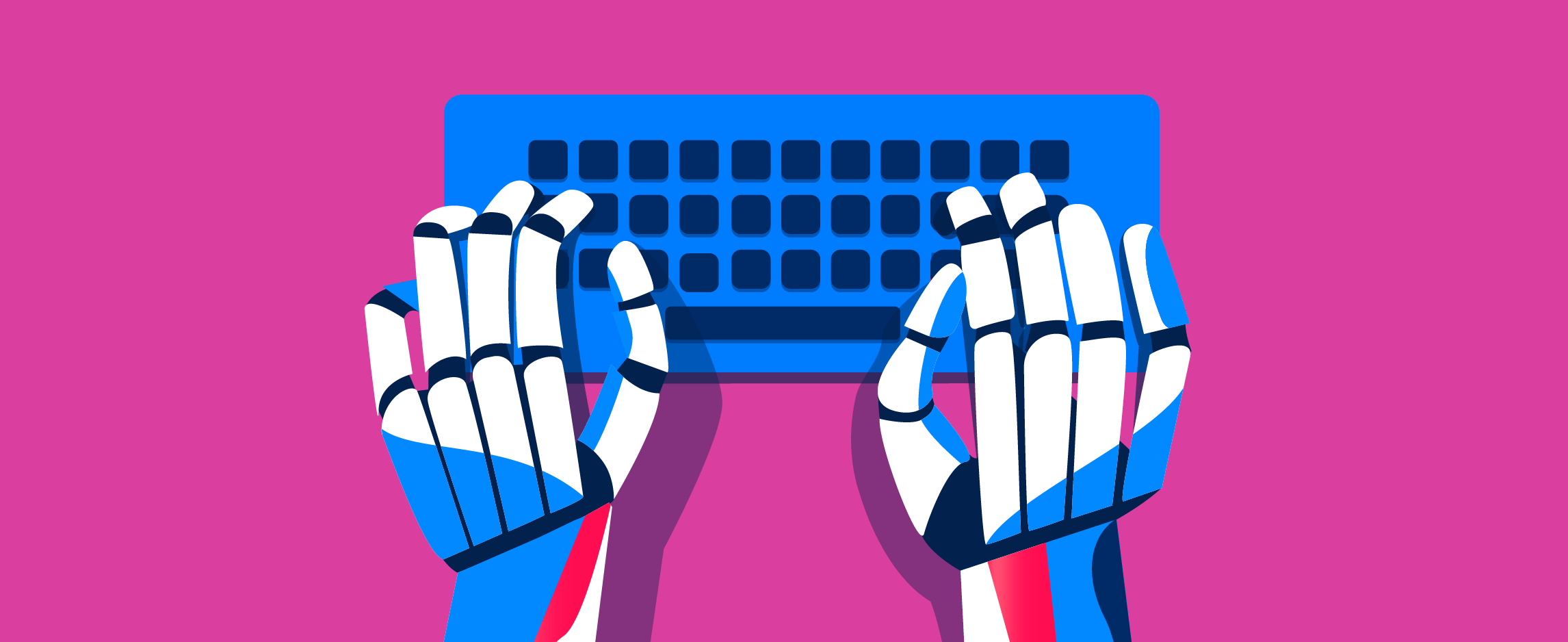Chatbots need an objective.
A bakery owner will necessarily design a chatbot for different purposes than a lawyer. Similarly, organizations with different goals will require different solutions. If your goal is to collect leads, you might want a chatbot with an out-of-office form to collect leads 24/7. On the other hand, if you’re looking to collect client feedback on a hotel stay, you’ll need more robust NLP and RPA.

Design responses that sound human.
Humans want to interact with other humans, even if they are conversing with a chatbot. They want the chatbot to have a personality and respond like a human. Your chatbot should find the middle ground between casual and professional, all while delivering the information desired.
Create a logical user flow.
Successful chatbots have one thing in common: A logical user flow. If you’re starting off with a rule-based chatbot, then create a decision tree with all the potential queries and responses you’ll want to offer. Consider this your road map. As the interactions increase, you can expand your decision tree to meet evolving demands.
Give your chatbot a personality.
A chatbot with a personality will be much more engaging than one without. Much more than a stylistic whim, there’s actually a significant strategic advantage in crafting a stellar chatbot persona—it will increase usage and deliver greater ROI.
Add buttons to speed up the process.
Give users the option to choose from a menu of buttons so that they don’t have to type everything out. Buttons make things quicker and more convenient, and they increase your match rate.

Make sure users understand the limitations.
Every chatbot comes with its own set of limitations, whether it be with conversations or in terms of features. With this in mind, it is critical to let your customers know what your chatbot can and can’t do. Nonetheless, always have a backup plan for the unexpected.
Use natural language.
Thanks to deep learning, chatbots have the ability to understand how questions can be asked in a variety of ways. If a user can talk to your bot just like they would a friend or a coworker, they’ll engage more and you’ll receive more data that can be fed back into any relevant algorithms.
Get straight to the point.
Design your chatbot so that it gets the user what they want as quickly as possible. In this instance, the chatbot might direct the conversation with relevant questions to guide the user down the right path towards a relevant response.
Improve security.
Chatbots are used in every industry and can access wide-ranging forms of data. As a result, threat actors are quite intrigued by the idea of impersonating a chatbot and stealing user data. The basic setting for a stealth security system is to start with the HTTPS protocol. On top of that, you’ll want to use encryption as well as authentication, when necessary.



